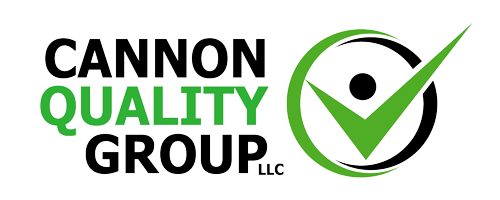Many of Cannon Quality Group’s clients in the medical device field are in the process of evaluating Product Lifecycle Management (PLM) platforms for their organizations, typically including an eQMS solution to allow them to go paperless in their quality management activities.
I sat down recently with Cheryl Simmons, an account executive from Propel, a leader in cloud-based PLM solutions, to understand the products and market better. I was aware that PLM is a relatively new cornerstone in corporate information technology structure, alongside ERP (enterprise resource planning) and CRM (customer relationship management) platforms and wanted to see how it all fits together.
For starters, what did everyone do before PLM? Most of us recall how information was kept in many different silos and not accessible everywhere on demand. Engineers might have used product development tools that were fine for them but not particularly user-friendly for the non-engineer doing sales, marketing, QA, program management or providing executive oversight. Today’s PLMs have much better user interfaces, which allow employees across all functions to view and share data as well as create new configurations to meet their needs. In that sense, PLM can be seen as not just another digital platform but rather more as a collaboration, workflow, and revenue generating solution.
Helping to drive the trend is also the fact that in the last twenty years, supply chains have gone global, creating the need for supplier portal capabilities that can be accessed by vendors around the world in whatever time zone they might be.
Within the company’s information structure ecosystem, ease of integration is key. ERPs tend to be more transactional, whereas CRMs and PLMs are more workflow and process oriented. For those of us who remember walking a sign-off sheet around the building to quickly get approval for a component or labeling change, PLMs represent a dramatic improvement in the process.
“We want to get rid of non-value add activities as well as eliminate error-prone activities” explains Cheryl.
Within the medical device field, her customers might start with an eQMS solution and then later see the value in adding PLM capabilities. In particular, medical device startups in the pre-commercialization phase would typically prioritize beginning with an eQMS and hold off on adding a full PLM until they are closer to product realization.
“We find customers are looking for real-time reporting capabilities, as well as ease of use and ease of adoption.” Scalability is key in several regards: customers want to make sure their platform is easy to change without coding as their needs evolve, but also as they rapidly grow their employee base and need to get a lot of people up to speed quickly. With a good system, you should be able to train, test, and document employee training and testing on the system seamlessly.
Cheryl recommended that a potential PLM buyer fully understand the upgrade path, which can be generally described as either push or pull. “Watch out for an upgrade path that is pushed out to you on the vendor’s schedule,” she said. “You might be in the middle of a redesign or product launch and suddenly have to validate and train on a new PLM version.” She says users of Propel’s platform can “pull” in an upgrade at a time that they choose.
She also recommends that potential buyers ask the vendor to train them on how to easily configure the app to do common things like add more users, add more functionality, or even absorb a company you’ve acquired.
In subsequent posts, we’ll take a closer look specifically at eQMS solutions and where current trend might take us in 2019.

